B01DBFN212 Database Project: IPS Database Design and Implementation
VerifiedAdded on 2022/11/18
|11
|567
|286
Project
AI Summary
This report presents the design and implementation of a database for International Parcel Service (IPS). It begins with an introduction outlining the project's scope, which includes both the logical and physical design of the database. An ER diagram illustrates the entities (Customer, Transportation, RetailCentre, Employee, Item, and Receipt) and their relationships. The report then details the database design, showing relations in normalized form, including table structures for Customers, Items, RetailCentres, Employees, Receipts, and Transportation, with primary and foreign keys defined. Functional dependencies within the tables are also analyzed. The implementation is demonstrated using MS Access, with examples of form design and data insertion. The report concludes with several SQL queries, showcasing how to retrieve and manipulate data from the database, including queries using SELECT, JOIN, and GROUP BY clauses. References for functional dependencies are also included.
1 out of 11
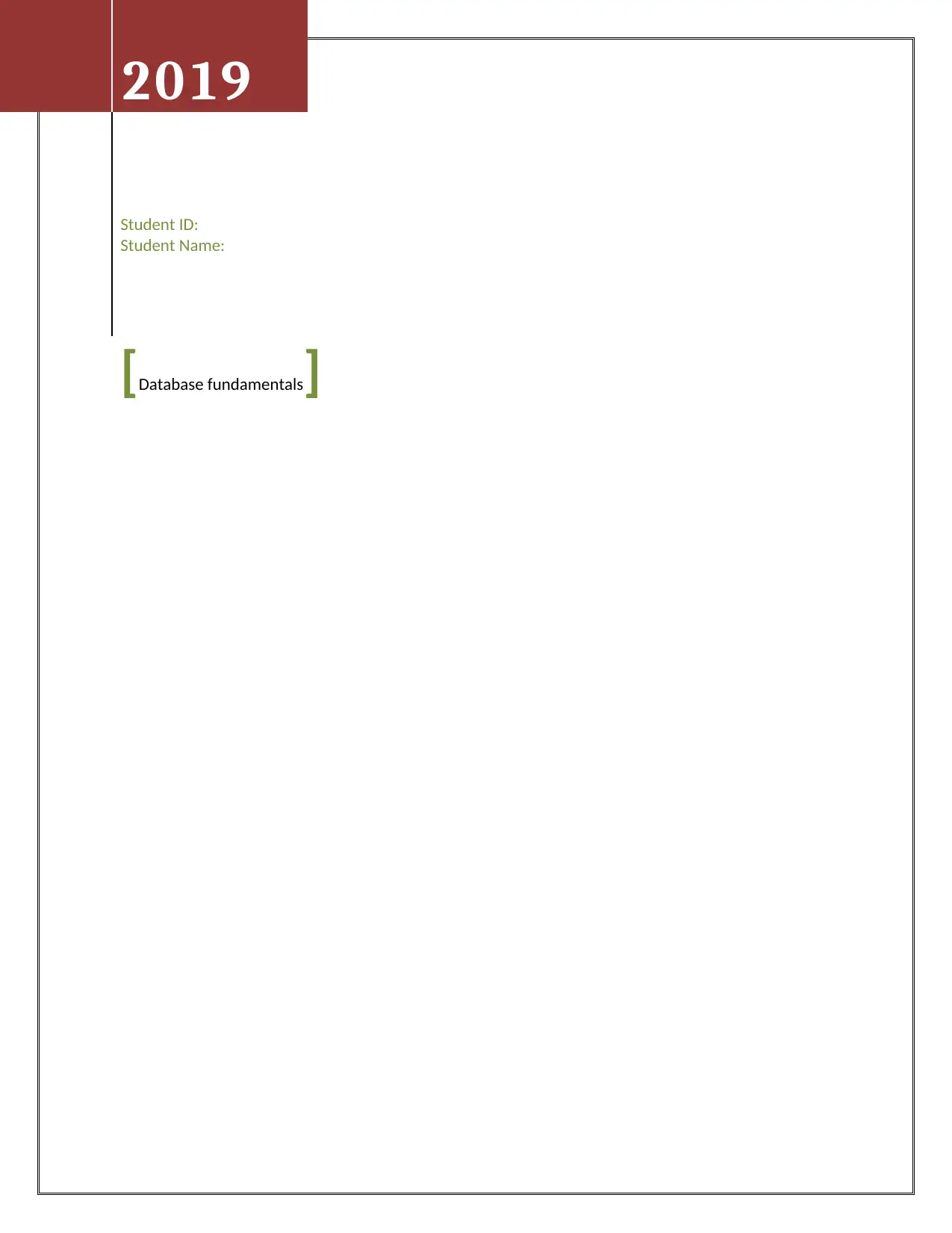
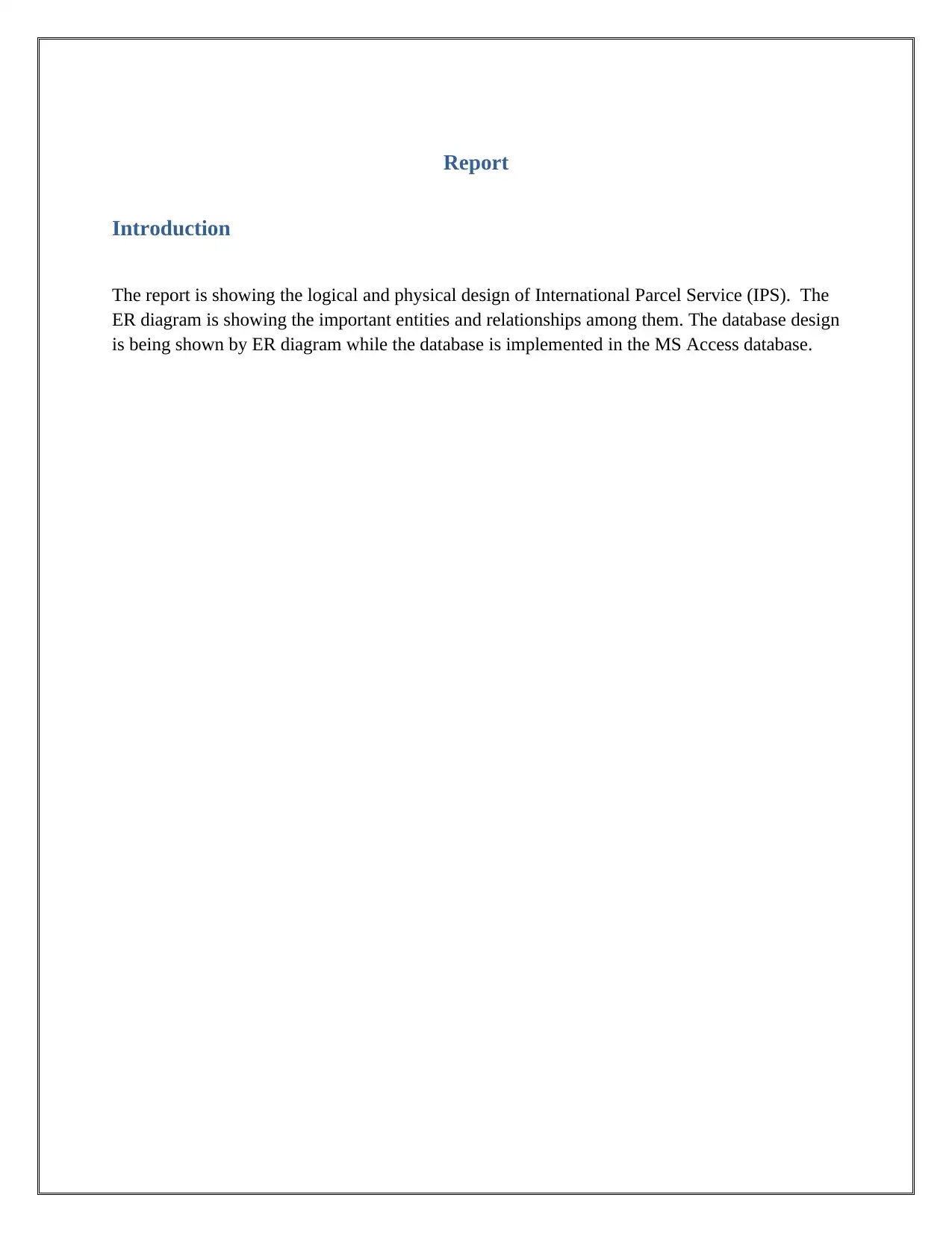
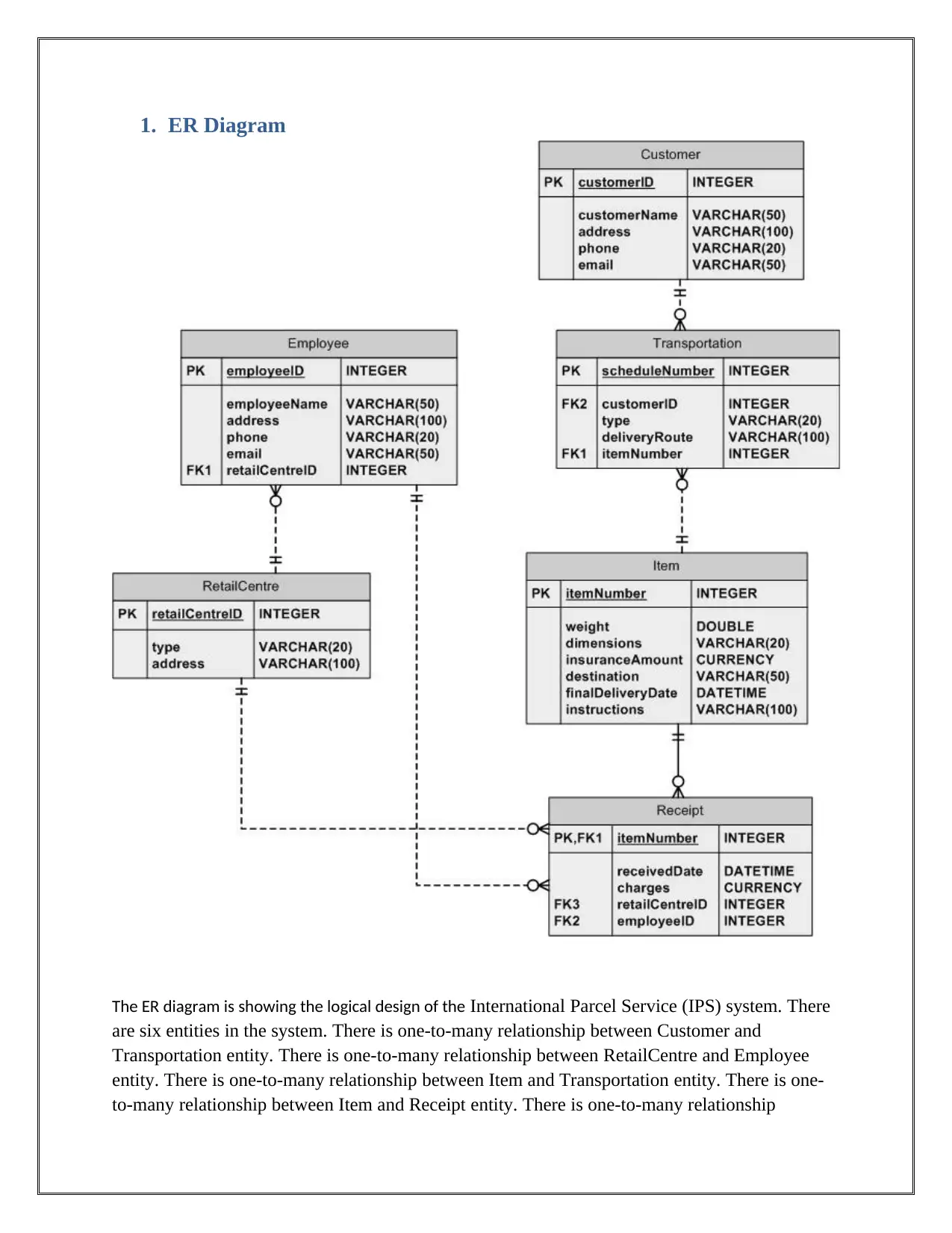

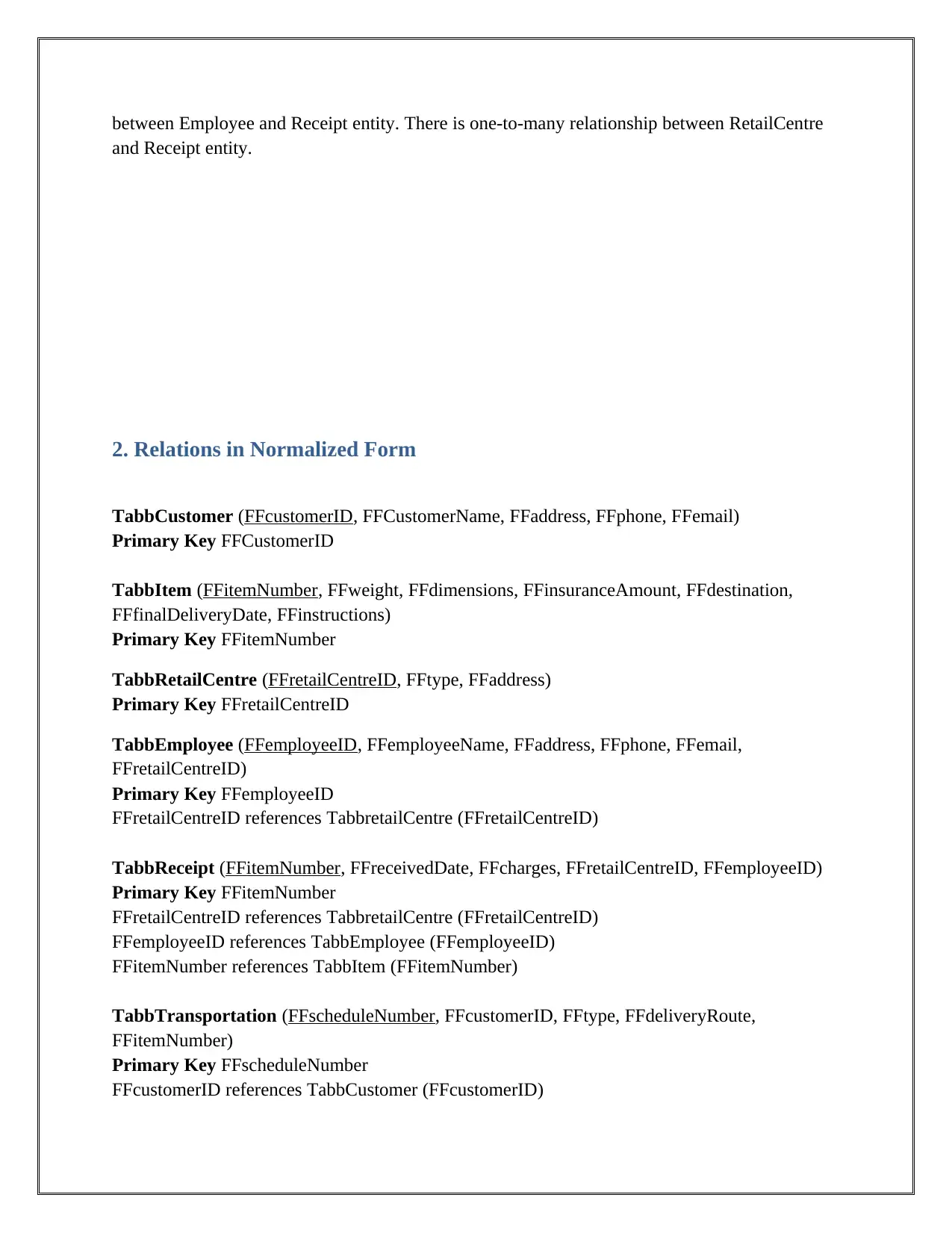
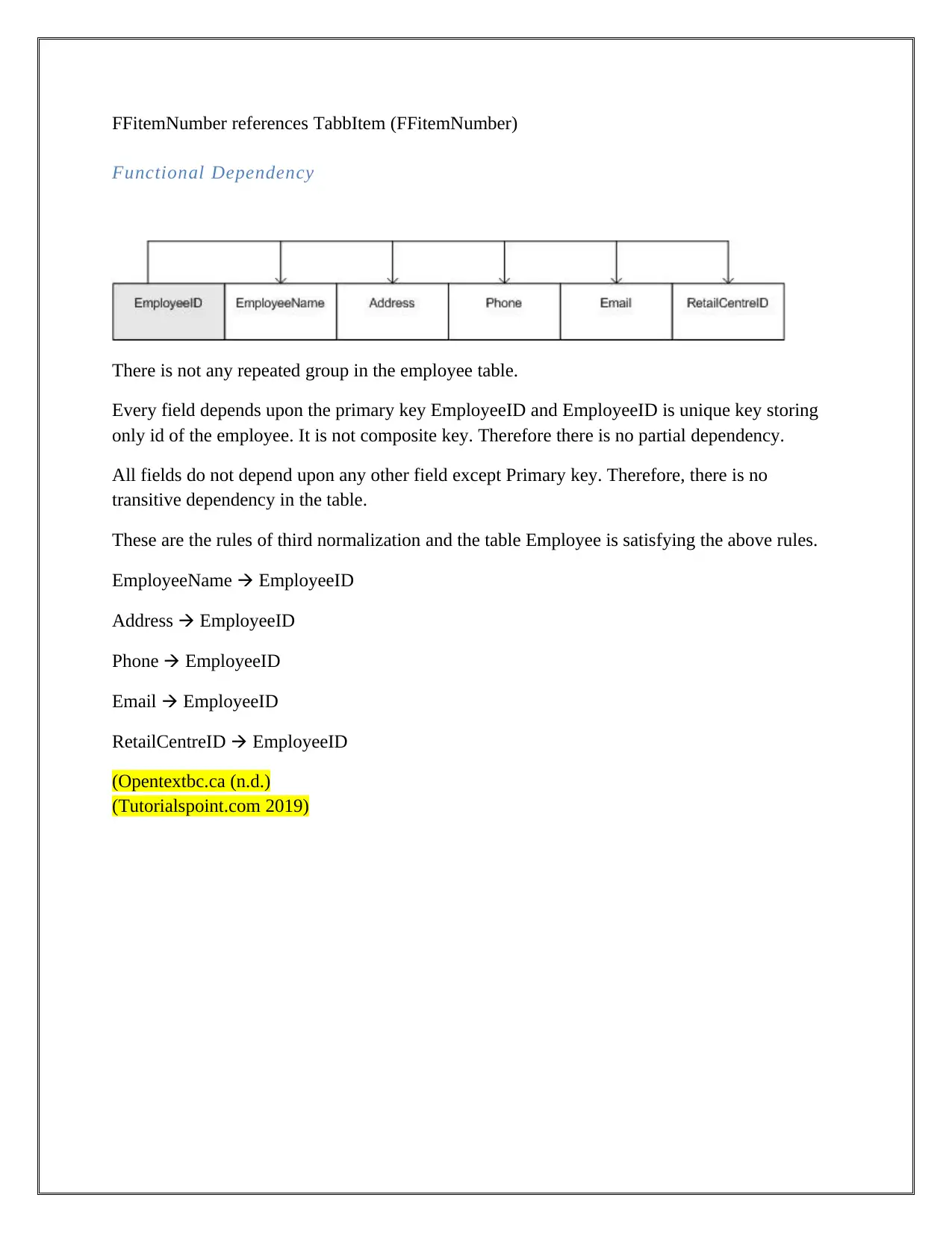
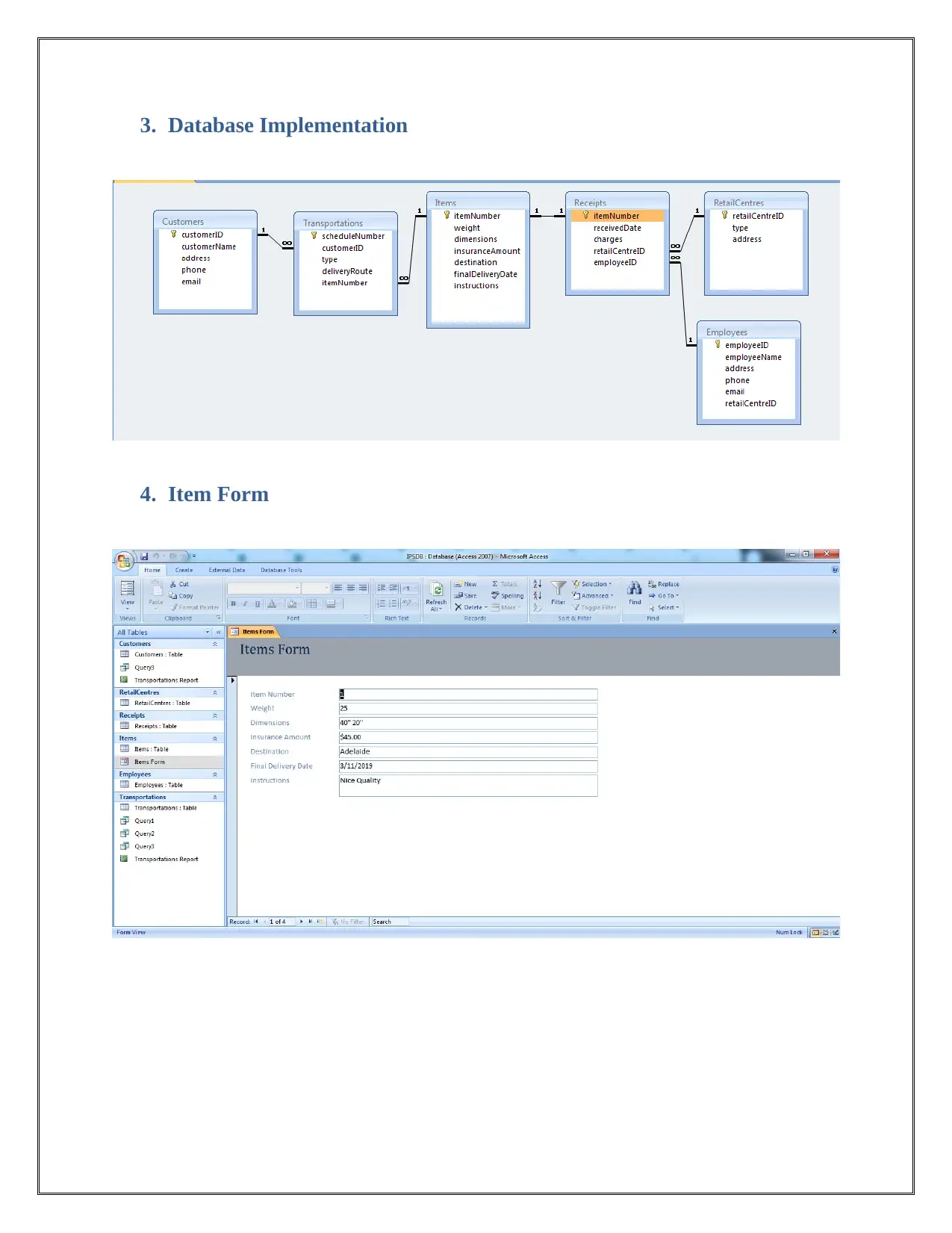
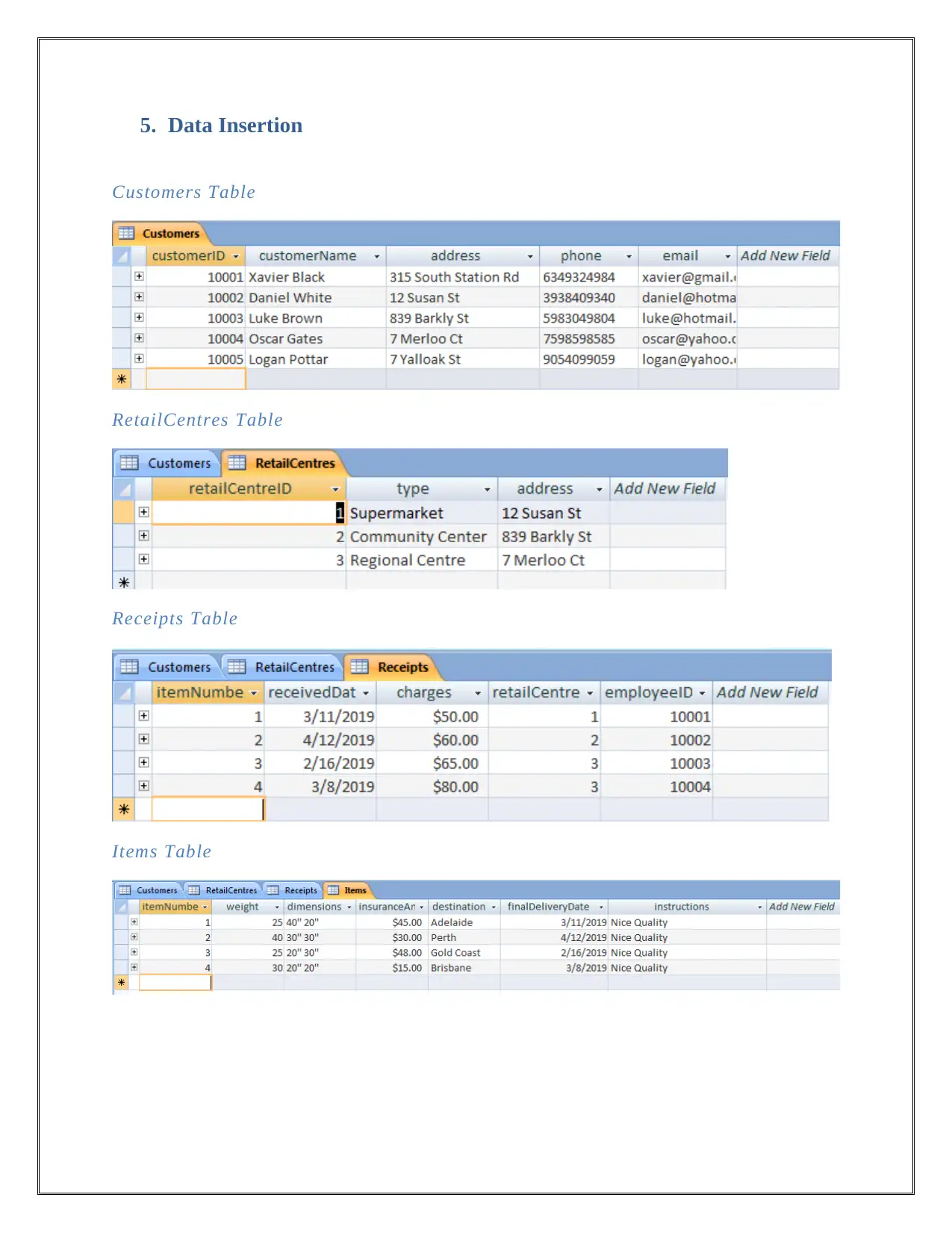
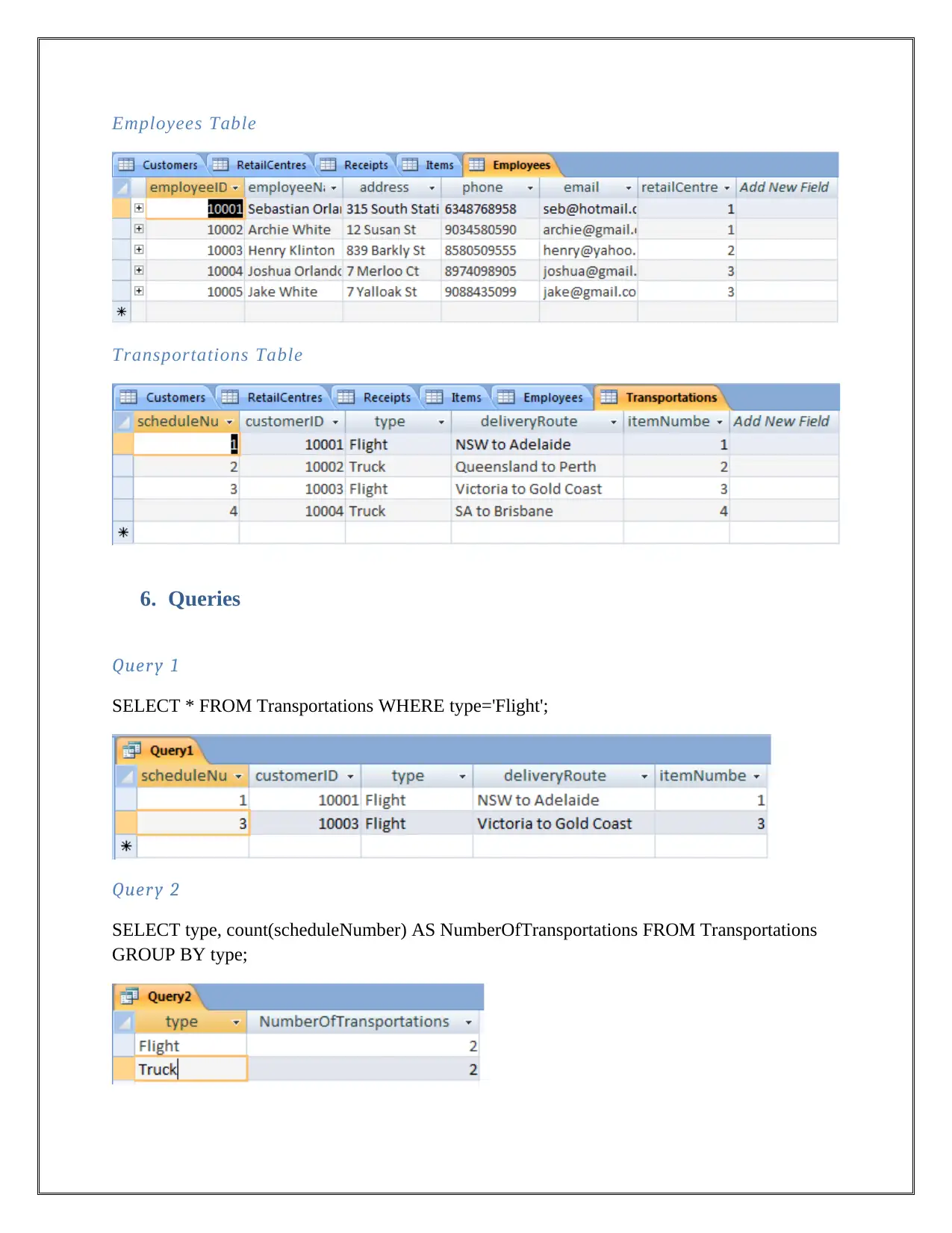
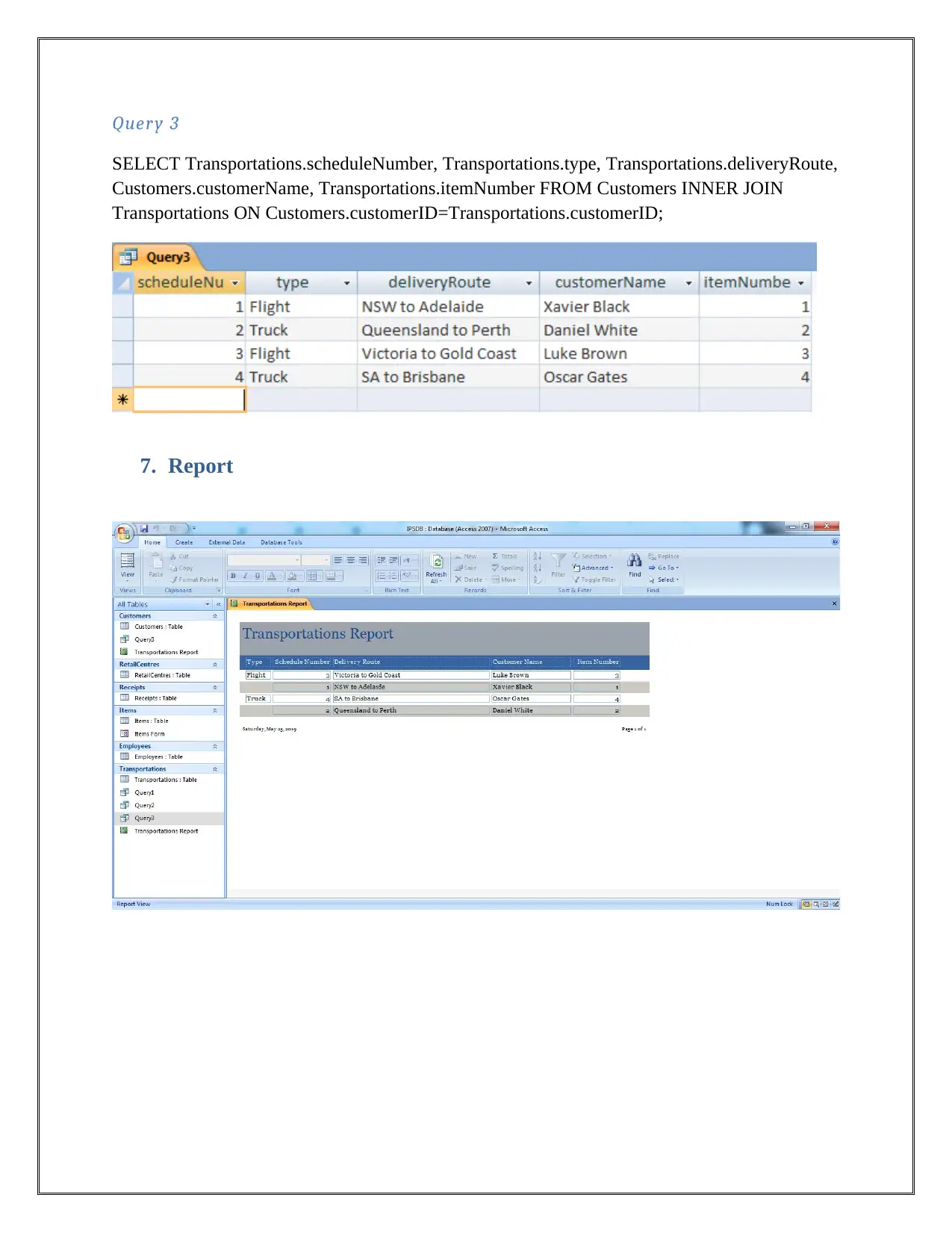
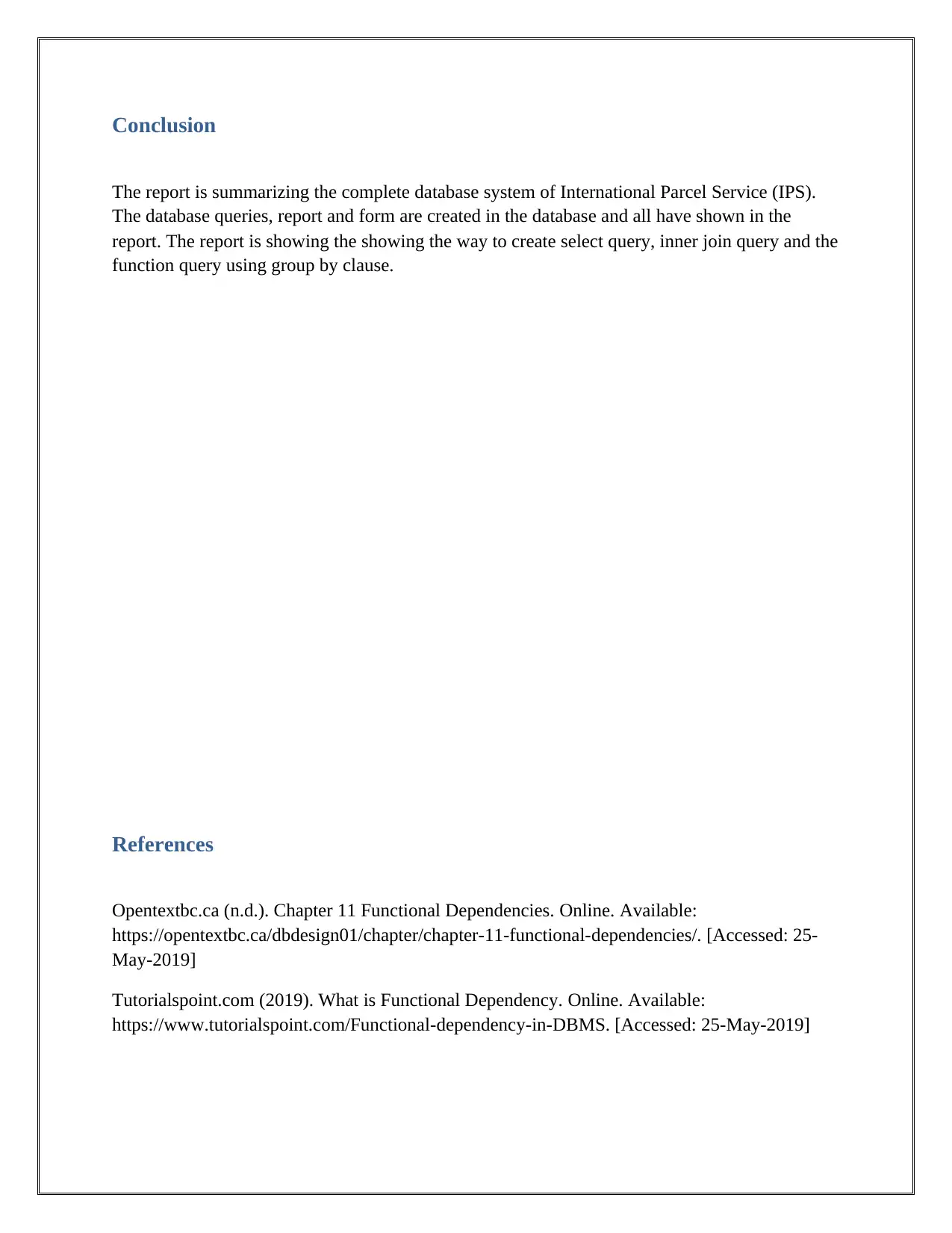






![[object Object]](/_next/static/media/star-bottom.7253800d.svg)